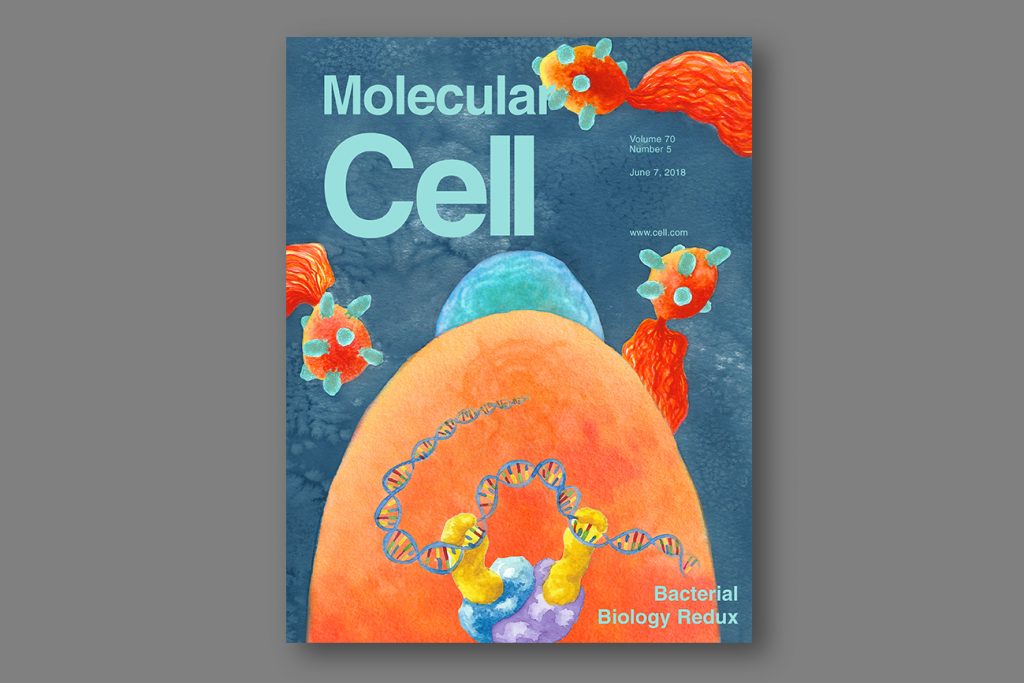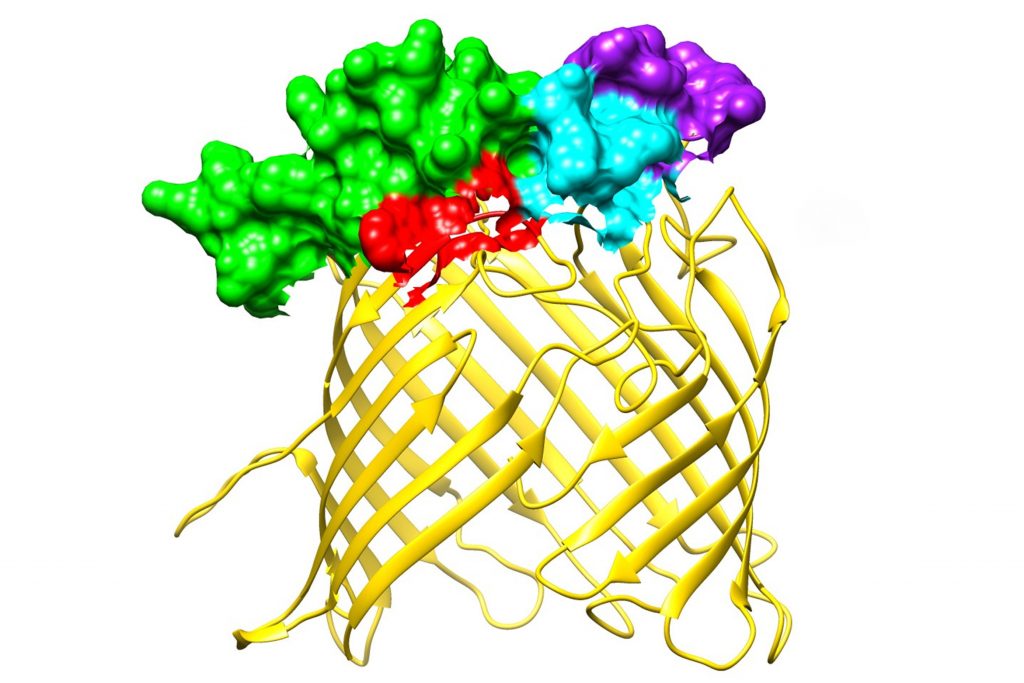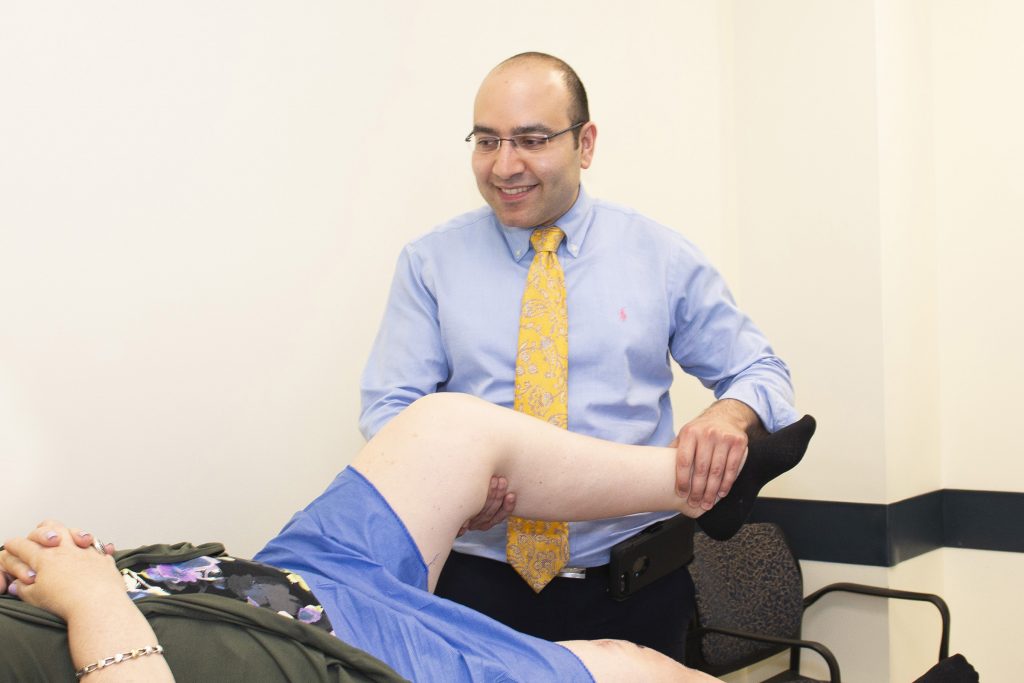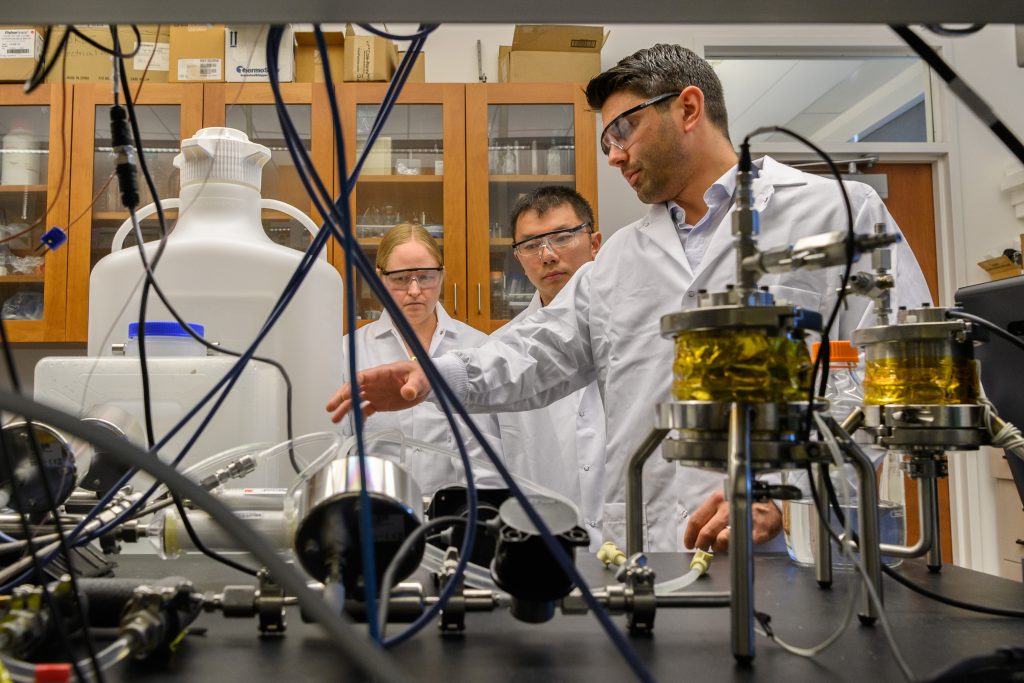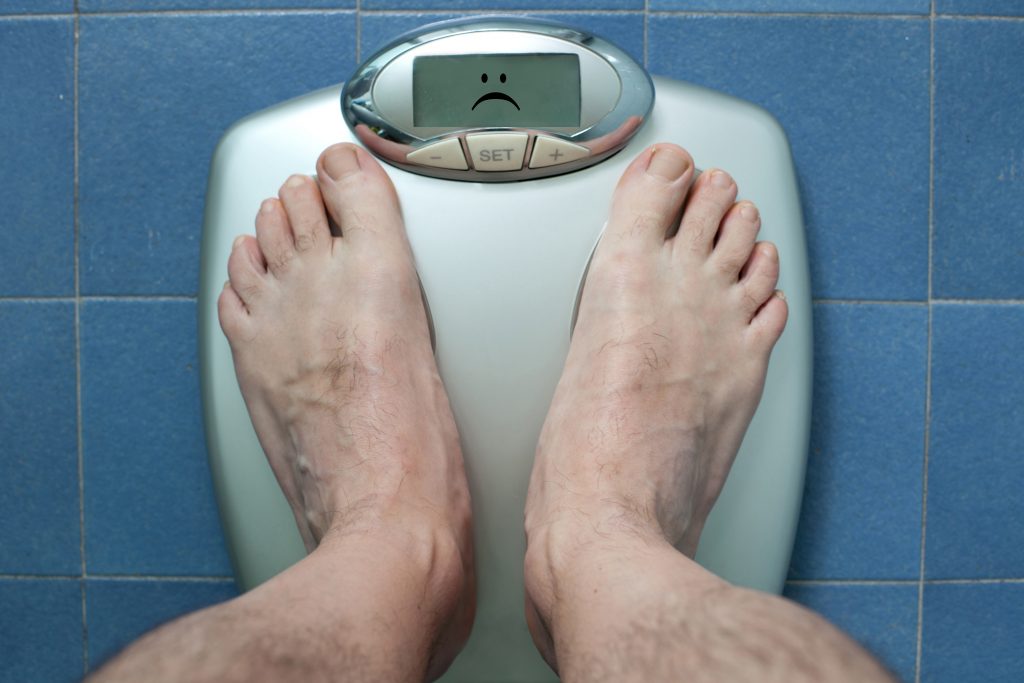Health & Well-Being
Scientists Discover Roles and Teamwork of CRISPR-Cas Proteins
Research out of UConn Health and the University of Georgia explains the way these proteins work together to save the cell and achieve immunity.
June 13, 2018 | Jessica McBride, University of Connecticut, and Jessica Luton, University of Georgia
Syphilis Discovery Raises Possibility of Vaccine
UConn Health researchers have identified proteins on the outside of the bacteria, opening up the possibility of the world's first vaccine.
June 12, 2018 | Kim Krieger
Food Decisions Can Reduce Greenhouse Emissions, Study Says
A new UConn study finds that if Americans direct their food purchases away from meats and other animal proteins, they can help reduce greenhouse gas emissions.
June 7, 2018 | Daniel P. Jones, UConn Rudd Center
African-Americans Still Disproportionately Affected by HIV
Ten years after a call for action, HIV diagnoses continue to rise in the African-American community, according to a new study led by UConn Health's Dr. Cato Laurencin.
June 5, 2018 | Combined Reports
For Anxiety, Single Intervention Is Not Enough
'We need a different model for mental health, one that includes regular checkups,' says UConn Health psychologist Golda Ginsburg.
May 30, 2018 | Kim Krieger
Next Up: Same-Day Hip or Knee Replacement
New surgical techniques, streamlined after-care, and close coordination among care providers have enabled many UConn Health joint replacement patients to go home within 24 hours, and some even the same day.
May 24, 2018 | Lauren Woods
Improving Heart Health Could Prevent Frailty in Old Age
Many think frailty is an inevitable consequence of aging, but a new study found that severe frailty was far less likely in those with low heart disease risk factors.
May 21, 2018 | Combined Reports
UConn Researchers Lead National Effort to Improve Drug Manufacturing
Researchers in the School of Pharmacy are adapting the techniques of continuous manufacturing used in the electronics, chemical, and automobile industries to the production of complex drugs.
May 17, 2018 | Colin Poitras
MDMA Opens Door for PTSD Patients to Work Through Trauma
UConn Health is one of a dozen sites in the nation to host a phase three clinical trial of MDMA-assisted psychotherapy.
May 15, 2018 | Kim Krieger
Perched on a Plateau: Why Today’s Rapid Weight Loss Diets Always Seem to Fail
Professor of pharmacy practice C. Michael White discusses what happens when you diet too hard, and suggests a more sustainable approach to losing weight.
May 14, 2018 | Colin Poitras
